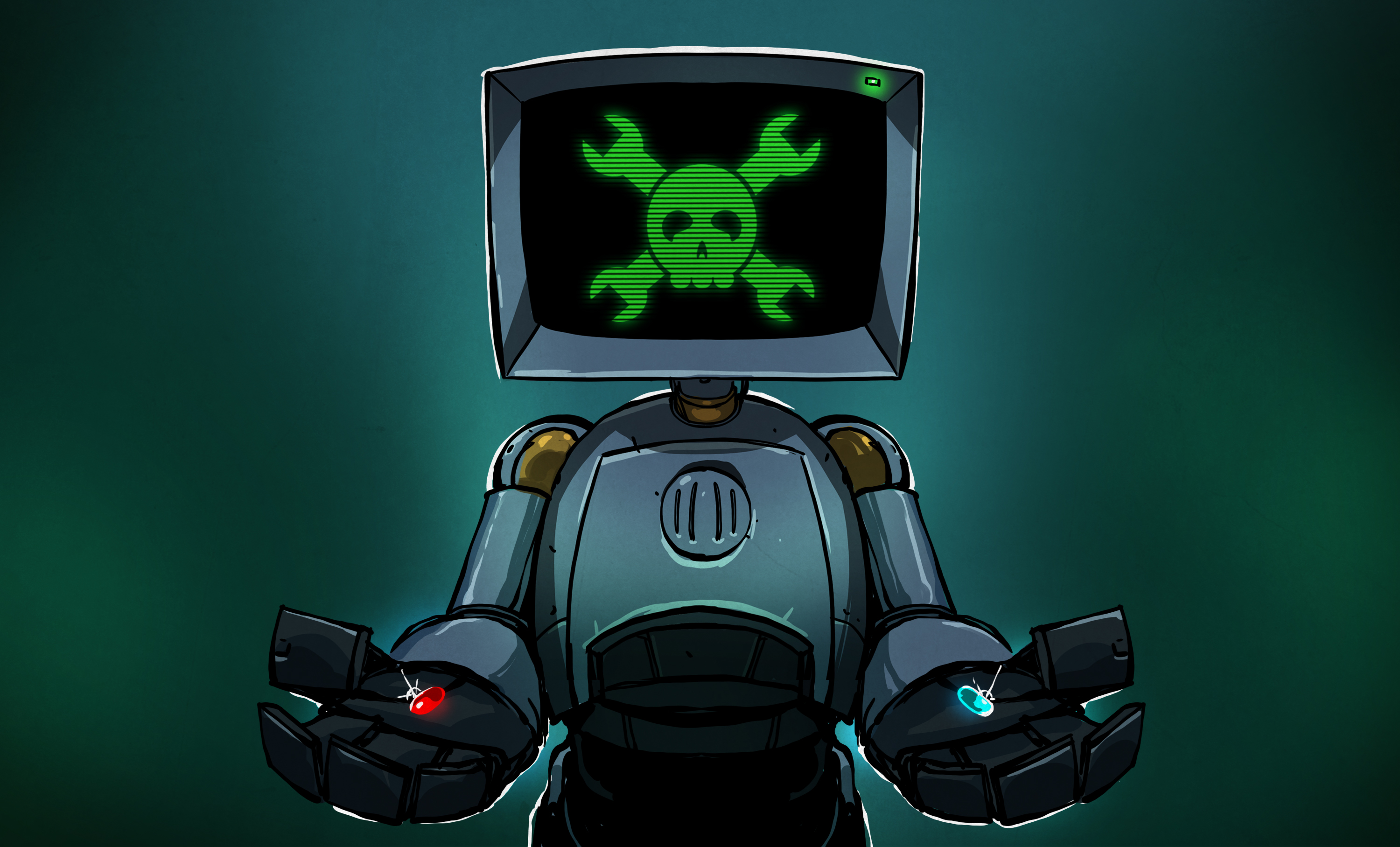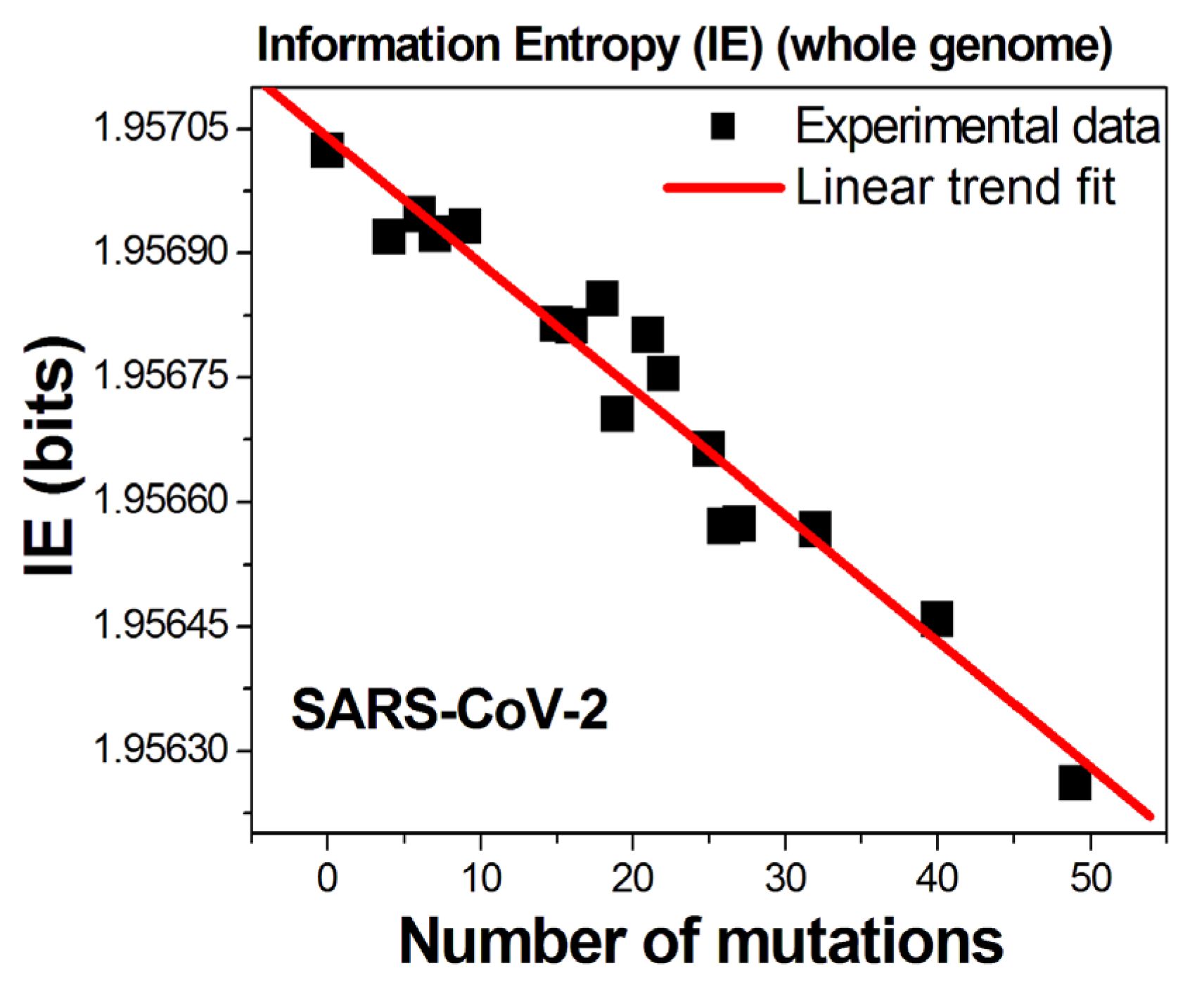The Simulated Universe Thought Experiment And Information Entropy [Hackaday]

Do we live in a simulation? This is one of those questions which has kept at least part of humanity awake at night, and which has led to a number of successful books and movies being made on the subject, topped perhaps by the blockbuster movie The Matrix. Yet the traditional interpretation of the ‘simulated universe’ thought experiment is one in which we – including our brains and bodies – are just data zipping about in a hyper-advanced simulation rather than physical brains jacked into a computer. This simulation would have been set up by (presumably) a hyper-advanced species who seem to like to run their own version of The Sims on a Universe-sized scale.
Regardless of the ‘why’, the aspect of this question where at least some scientific inquiry is possible concerns whether or not it would be possible to distinguish anything uniquely simulation-like in our environment that’d give the game away, like a sudden feeling of déjà vu in the world of The Matrix where you can suddenly perceive the fabric of the simulation. However, the major problem which we have to consider when trying to catch a simulation in the act is that to this point we cannot ourselves create even a miniature galaxy and intelligent beings inside it to provide a testable hypothesis.
Beyond popular media like movies and series like Rick & Morty, what do science and philosophy have to say about this oddly controversial subject? According to some, we have already found the smoking gun, while others are decidedly more skeptical.
Define ‘Simulation’
Part of the trick in proving whether or not we exist solely inside a simulation is to try and define this state and its properties. Presumably it’d mean that everything which we can observe, experience and apply reasoning skills to is ultimately the result of some input from a previous state, with a kind of clock setting the pace for the next universal update. From these transitions we could conceivably deduce the algorithms which underlie the simulation and unravel its secrets.
 100vw, 400px”></a><figcaption class=) “sim city 4 Stack Interchange” by [haljackey]
“sim city 4 Stack Interchange” by [haljackey]Yet the obvious counter-argument to this is that the Universe is already a kind of massively parallel analog computer, with the granularity of space-time setting the pace and the Universe’s further properties related to mass and energy enabling the contents of the whole ‘program’ to run (presumably BigBang.exe). Here the Universe is thus an unimaginably large analog computer, capable of keeping track of every aspect of space-time down to sub-Planck lengths. What, then, is the difference between the Universe and a presumed artificial universe?
The risk is that by trying to quantify some aspect of the laws of physics or the like as being ‘absolute proof’ or even just evidence of this Universe’s simulation-ness, it loses sight of our own ignorance regarding the observable Universe and the properties thereof. Even so, what is decidedly just a thought experiment has taken on a life of its own in the Simulation Hypothesis, with proponents espousing it mostly because it ‘feels right’. Yet this is a point where ancient philosophical concepts such as for example the concept of maya in Indian philosophies serve to remind us of how little of these contemplations are new or original.
Meaning ‘illusion’ or ‘magic’, maya usually describes the idea that something may appear to be really what we think it is, yet upon closer inspection it turns out to be completely different. A good example here is that of when our imagination runs wild: say that we think we just saw something in the dark, something that could be a snake, an intruder or something equally threatening that kicks our fight-or-flight response into high gear. Yet when the dark is replaced with light, we see that the snake was a rope, and the intruder just a jacket tossed over a piece of furniture.
In this context, it only takes a child to realize that humans are very good at recognizing patterns and things which are in fact not there, if only because that’s how we’re neurologically wired – such as with face recognition – or all too often due to wishful thinking-turned-real when we really want something to be true. This raises the point of when is what we think we perceive real, and when is it merely another illusion?
Evidence Of Absence
One of the core aspects of the scientific method is that it is impossible to prove the absence of evidence, often illustrated by examples along the lines of Russell’s Teapot. Call it a mere axiom, but the fact remains that it is not possible to prove absolutely and beyond question that there is no tiny teapot in orbit between the Sun and Mars, nor that traveling faster than the speed of light is impossible, nor that we exist only inside a computer system that’d be so far beyond our understanding and possibly our physical reality that we couldn’t possibly begin to comprehend it.
It remains theoretically possible that any of these things could be true, even with significant evidence of absence on the side of these being false. Hence the agnostic position is logically the appropriate position to assume in such matters, lest one falls into either the trap of blindly arguing for evidence of absence in lieu of being open to further evidence, or to fall for the logical fallacy of arguing from ignorance. Even so, to keep matters reasonable, concepts such as Occam’s Razor are liberally employed to settle for the most likely truth.
Within all of this context, it is therefore interesting to read a number of recent publications by an associate professor of physics at the University of Portsmouth, including this most recent one by this Prof. Melvin M. Vopson in AIP Advances on how the ‘second law of infodynamics’ provides strong evidence that we live in a simulated universe.
Statistics And Other Illusions

As a quick scroll through Prof. Vopson’s paper is likely to have one’s mind reeling with unanswered questions within the first few paragraphs, it’s perhaps a good idea to start at the beginning. This would appear to be a May 2022 paper published in Applied Sciences by Vopson as sole author with the title: “A Possible Information Entropic Law of Genetic Mutations”. This is a riveting read that seeks to overthrow essentially everything we think we know about how mutations in genetic material work and what their effect is, challenging the fundaments of Darwinism.
The basis for these rather strong claims is found in the application of Shannon entropy (information entropy, or IE) on the recorded genome samples of the SARS-CoV-2 virus as it evolved during the first two years of its spread across the globe. Information entropy is effectively the definition of uncertainty within a set of information, whether it’s a string of characters or genetic material. The lower the uncertainty, the lower the number of bits needed to encode this information. Here Vopson claims to have found a strong correlation between the number of mutations the viral genome underwent and the effect on the genome’s IE, postulating that this must mean that genetic mutations aren’t random, but always serve to reduce the IE of the genome.
Next, in July of 2022 a follow-up research paper was published in AIP Advances titled: “Second law of information dynamics”, in which Vopson and a colleague (S. Lepadatu) try to formalize this ‘law’, setting it up as essentially the inverse of the second law of thermodynamics, which dictates that the entropy of a system will always increase, as the Universe inevitably expands towards its (presumed) heat death. This ‘second law of infodynamics’ thus states that the entropy of a system will remain constant or decrease. At this point the very fundament of physics has been essentially rewritten, and we are still only in the second act of this peculiar play.
Final Act
The aforementioned 2023 paper published in AIP Advances by Vopson can be regarded as the penultimate triumph of this new ‘law of information dynamics’, as here it is applied to not just a viral genome, but to the electron shells that surround atoms. Drawing in both the Pauli exclusion principle and Hund’s rule of maximum multiplicity, it is argued that when at equilibrium in the ground state, these electrons occupy the shells according to this rule to minimize their information entropy, and thus that this way the fewest bits are needed to encode it, which would save space if this happened to be a simulated universe.
Unfortunately, the 2004 discovery by Slipchenko et al. reported in Angewendte Chemie that 5-Dehydro-1,3-quinodimethane does not follow Hund’s first rule would seem to already violate this presumed ‘second law of infodynamics’. As the remainder of the paper seems to go off on various tangents regarding adiabatic energy exchanges of the Universe and the ‘problematic’ entropy budget of the same – before pointing at many things in the Universe being symmetrical as some kind of evidence of simulated data – it’s left as an exercise to the reader to perhaps make some sense of it.
Although I personally feel that Sabine Hossenfelder’s take on the simulated universe thought experiment is somewhat crude and dismissive, I do agree with the notion that it’s rather presumptive of a Type 0 civilization – that has to predict the weather using a simulated weather model that’s more a rough approximation of the underlying physics – to somehow also be an expert on how such detailed simulations which we are currently incapable of would work or look, whether from the in- or outside.
No matter what you think of the possibility that we are all being all simulated bits of data, or disembodied brains bobbing gently in nourishing fluids, we can likely never fully dismiss it, even if it’s so unlikely that it should remain what it is: a thought experiment to be tinkered with now and then, if only because the cool media and books that sometimes appear due to it.

![the-simulated-universe-thought-experiment-and-information-entropy-[hackaday]](https://i0.wp.com/upmytech.com/wp-content/uploads/2023/10/149378-the-simulated-universe-thought-experiment-and-information-entropy-hackaday-scaled.jpg?resize=800%2C445&ssl=1)